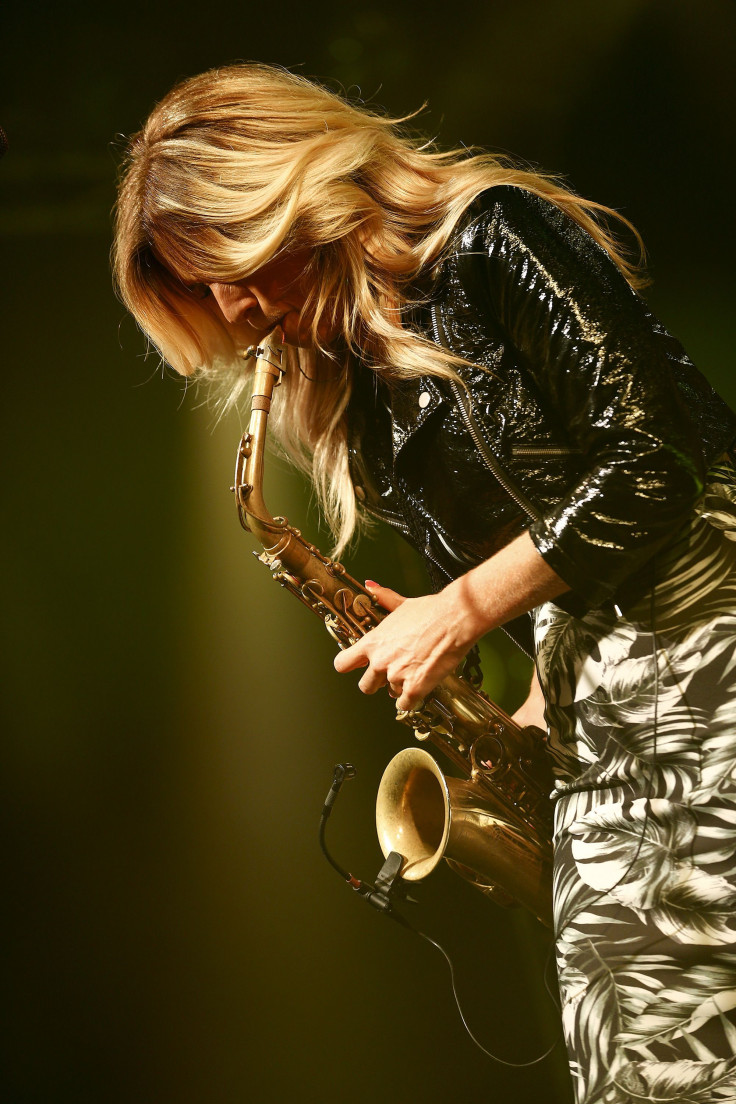Study says emotions make musicians more creative

The workings of neural circuits related to creativity are altered when artists attempt at expressing emotions. Published in the journal Scientific Reports, the study suggests that emotions influence the activation of the brain’s creativity network.
"It seems that the link between emotion and creativity is truly fundamental, and we suspect, ultimately responsible for the perseverance of creativity throughout human history," senior author Charles Limb, a neuroscientist at the University of California, San Francisco, told the Huffington Post. "Humans seem to need creativity in order to understand and examine the human experience, which is (in our opinion), a deeply emotional one. For these reasons, we wanted to understand how emotion modulates brain networks for creativity, during real time spontaneous creativity in expert musicians."
The researchers analysed jazz pianists’ brains while the musicians improvised a melody to express a positive emotion or a negative emotion. The participants looked at images of a woman smiling and a woman looking sad while creating music. The researchers also observed the brain scans when musicians were just looking at the images but not improvising.
The researchers said that improvisation deactivates the dorsolateral prefrontal cortex (DLPFC), the region of the brain involved in planning and monitoring behaviour. Silencing the DLPFC allowed a free-flowing creativity, the researchers added. Brain scan results show that DLPFC deactivation was greater when the pianists tried to create positive emotion, while negative emotions activated the reward systems of the brain.
This means that musicians get into the zone more easily when producing happy music. Sad music creation is also pleasurable but in a different way, indicating that there may be different mechanisms to explain the pleasure when creating happy and sad music.
"The bottom line is that emotion matters," Limb stated. "It can't just be a binary situation in which your brain is one way when you're being creative and another way when you're not. Instead, there are greater and lesser degrees of creative states, and different versions. And emotion plays a crucially important role in these differences."
"The notion that we can study complex creativity in artists and musicians from a neuroscientific perspective is an audacious one, but it's one that we're increasingly comfortable with," Limb concluded. "Not that we're going to answer all the questions, but that we have the right to ask them and to design experiments that try to shed some light on this fascinating human process."





















